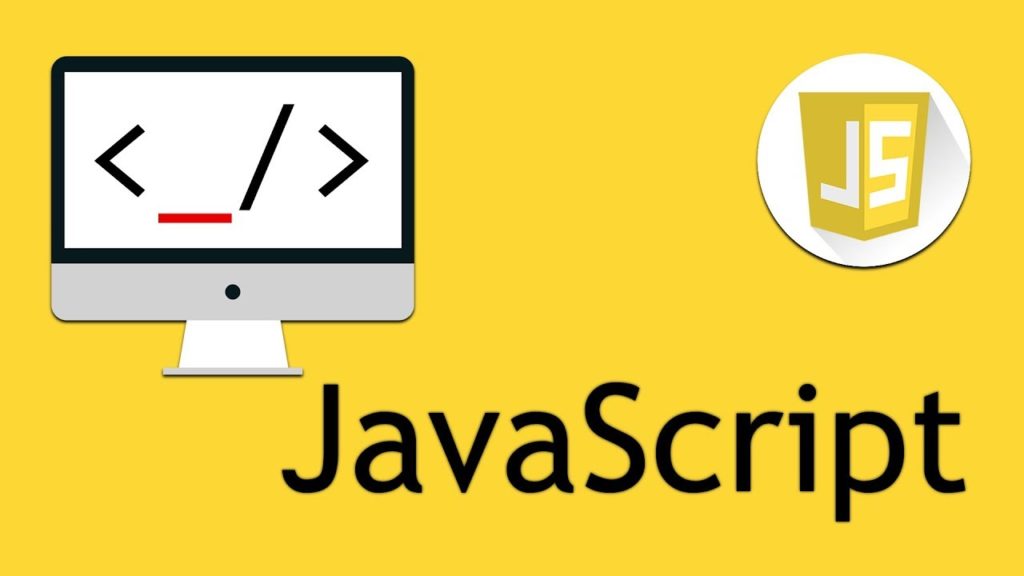
(JavaScript Tutorials for Beginners)
In this end-to-end example, you will learn – JavaScript tutorials for Beginners – Javascript setTimeout().
Javascript setTimeout()
In this tutorial, you will learn about the JavaScript setTimeout() method with the help of examples.
The setTimeout() method executes a block of code after the specified time. The method executes the code only once.
The commonly used syntax of JavaScript setTimeout is:
setTimeout(function, milliseconds);Its parameters are:
- function – a function containing a block of code
- milliseconds – the time after which the function is executed
The setTimeout() method returns an intervalID, which is a positive integer.
Example 1: Display a Text Once after 3 second
// program to display a text using setTimeout method
function greet() {
console.log('Hello world');
}
setTimeout(greet, 3000);
console.log('This message is shown first');Output
This message is shown first Hello world
In the above program, the setTimeout() method calls the greet() function after 3000 milliseconds (3 second).
Hence, the program displays the text Hello world only once after 3 seconds.
Note: The setTimeout() method is useful when you want to execute a block of once after some time. For example, showing a message to a user after the specified time.
The setTimeout() method returns the interval id. For example,
// program to display a text using setTimeout method
function greet() {
console.log('Hello world');
}
let intervalId = setTimeout(greet, 3000);
console.log('Id: ' + intervalId); Output
Id: 3 Hello world
Example 2: Display Time every 3 seconds
// program to display time every 3 seconds
function showTime() {
// return new date and time
let dateTime= new Date();
// returns the current local time
let time = dateTime.toLocaleTimeString();
console.log(time)
// display the time after 3 seconds
setTimeout(showTime, 3000);
}
// calling the function
showTime();Output
5:45:39 PM 5:45:43 PM 5:45:47 PM 5:45:50 PM ..................
The above program displays the time every 3 seconds.
The setTimeout() method calls the function only once after the time interval(here 3 seconds).
However, in the above program, since the function is calling itself, the program displays the time every 3 seconds.
This program runs indefinitely (until the memory runs out).
Note: If you need to execute a function multiple times, it’s better to use the setInterval() method.
JavaScript clearTimeout()
As you have seen in the above example, the program executes a block of code after the specified time interval. If you want to stop this function call, you can use the clearTimeout() method.
The syntax of clearTimeout() method is:
clearTimeout(intervalID);Here, the intervalID is the return value of the setTimeout() method.
Example 3: Use clearTimeout() Method
// program to stop the setTimeout() method
let count = 0;
// function creation
function increaseCount(){
// increasing the count by 1
count += 1;
console.log(count)
}
let id = setTimeout(increaseCount, 3000);
// clearTimeout
clearTimeout(id);
console.log('setTimeout is stopped.');Output
setTimeout is stopped.
In the above program, the setTimeout() method is used to increase the value of count after 3 seconds. However, the clearTimeout() method stops the function call of the setTimeout() method. Hence, the count value is not increased.
Note: You generally use the clearTimeout() method when you need to cancel the setTimeout() method call before it happens.
You can also pass additional arguments to the setTimeout() method. The syntax is:
setTimeout(function, milliseconds, parameter1, ....paramenterN);When you pass additional parameters to the setTimeout() methods, these parameters (parameter1, parameter2, etc.) will be passed to the specified function.
For example,
// program to display a name
function greet(name, lastName) {
console.log('Hello' + ' ' + name + ' ' + lastName);
}
// passing argument to setTimeout
setTimeout(greet, 1000, 'John', 'Doe');Output
Hello John Doe
In the above program, two parameters John and Doe are passed to the setTimeout() method These two parameters are the arguments that will be passed to the function that is defined inside the setTimeout() method.
Disclaimer: The information and code presented within this recipe/tutorial is only for educational and coaching purposes for beginners and developers. Anyone can practice and apply the recipe/tutorial presented here, but the reader is taking full responsibility for his/her actions. The author (content curator) of this recipe (code / program) has made every effort to ensure the accuracy of the information was correct at time of publication. The author (content curator) does not assume and hereby disclaims any liability to any party for any loss, damage, or disruption caused by errors or omissions, whether such errors or omissions result from accident, negligence, or any other cause. The information presented here could also be found in public knowledge domains.
Learn by Coding: v-Tutorials on Applied Machine Learning and Data Science for Beginners
Latest end-to-end Learn by Coding Projects (Jupyter Notebooks) in Python and R:
All Notebooks in One Bundle: Data Science Recipes and Examples in Python & R.
End-to-End Python Machine Learning Recipes & Examples.
End-to-End R Machine Learning Recipes & Examples.
Applied Statistics with R for Beginners and Business Professionals
Data Science and Machine Learning Projects in Python: Tabular Data Analytics
Data Science and Machine Learning Projects in R: Tabular Data Analytics
Python Machine Learning & Data Science Recipes: Learn by Coding
R Machine Learning & Data Science Recipes: Learn by Coding
Comparing Different Machine Learning Algorithms in Python for Classification (FREE)
There are 2000+ End-to-End Python & R Notebooks are available to build Professional Portfolio as a Data Scientist and/or Machine Learning Specialist. All Notebooks are only $29.95. We would like to request you to have a look at the website for FREE the end-to-end notebooks, and then decide whether you would like to purchase or not.